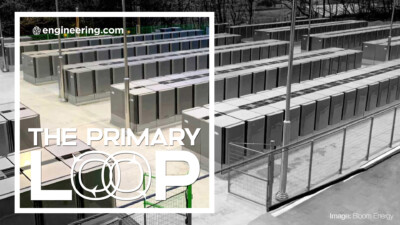Celanese-Mitsui partnership turns waste into chemical feedstock.
Reducing the carbon footprint of the chemical industry requires a two-pronged strategy: reduction of fossil fuel use as an energy input, and carbon dioxide generated by chemical processes themselves.
A joint venture by Celanese Corporation and Mitsui & Co., the Fairway Methanol project is operating a CO2 to methanol plant in Clear Lake, Texas. The process uses piped waste CO2 and clean hydrogen sourced from a nearby Linde plant. The resulting low carbon methanol can be used as a feedstock for multiple downstream production processes making plastics, coatings, adhesives, pharmaceuticals and agricultural chemicals.
The process is now certified by the International Sustainability and Carbon Certification system, allowing users of the clean methanol to use the low carbon feedstock as a method to reduce overall CO2 emissions. The plant can capture 180,000 metric tons of CO2 annually, producing 130,000 metric tons of methanol.
* * *
Access all episodes of This Week in Engineering on engineering.com TV along with all of our other series.



